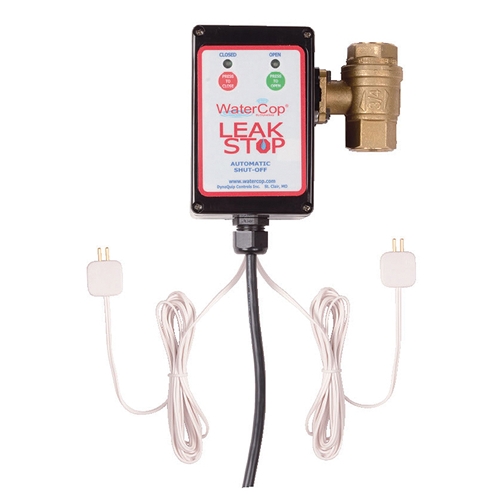How an arc fault breaker on the electrical panel can stop an arc fault IN the growroom if my wire are 80% connected in the wall outlet?
It is really safer to try to install these 3 things even I'm a real noob in electrical world?
Why my 700 watts computer do not these 3 parts installed in the control pannel?
It is really safer to try to install these 3 things even I'm a real noob in electrical world?
Why my 700 watts computer do not these 3 parts installed in the control pannel?






